Stinging Nettle Tea: Health Benefits Of Nettle Tea And How To Brew A Cup
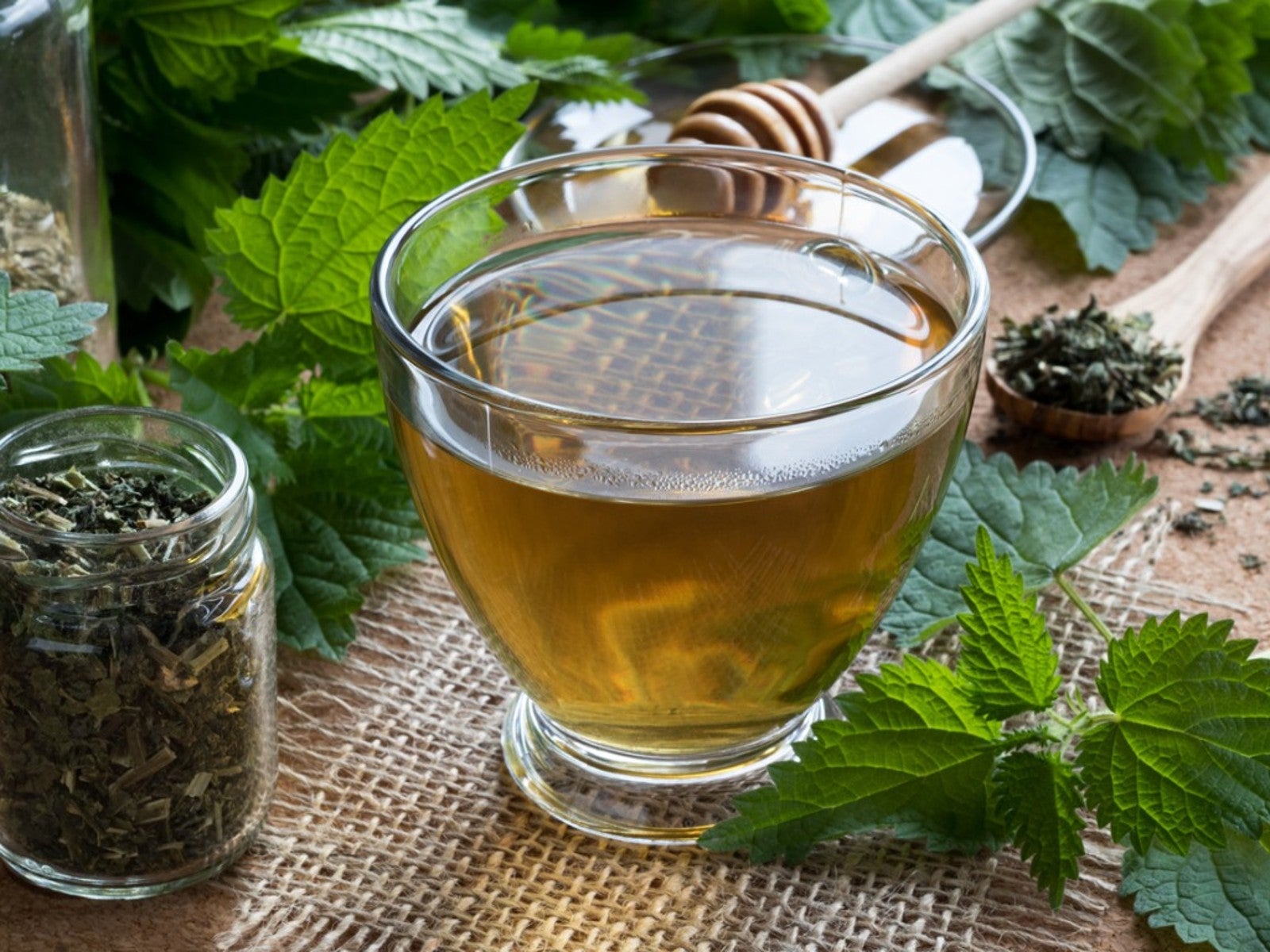
Stinging nettle is a beneficial plant with an unfortunate, though deserving, name. Nettle tea benefits for allergies, asthma, inflammation, bacterial infections and more have been touted for centuries. Stinging nettle tea is rich in vitamins, minerals and antioxidants; for these attributes alone you might want to know how to make nettle tea. Read on to learn more about nettle tea benefits and how to make nettle tea.
It Does Sting!
Stinging nettle (Urtica dioica) is a medicinal herb that grows around the globe in temperate regions. Many are quite familiar with the stinging sensation brought on by brushing up against the plant. This is the result of tiny hairs which release histamine when coming in contact with skin.
Nettle Tea Benefits
Despite its prickly exterior, stinging nettle has a number of benefits, some valid, some unsubstantiated. Stinging nettle can be consumed as a vegetable, à la spinach, or medicinally in a number of ways, the most common being stinging nettle tea.
Some stinging nettle tea benefits are mentioned above. Other benefits ascribed to nettle are as an expectorant, astringent, tonic, antispasmodic, and diuretic. The most common use is nettle tea for seasonal allergies or rhinitis.
Studies have shown that nettle may treat some prostate woes. There is a long list of other purported benefits from drinking stinging nettle tea, ingesting the leaves or applying a tincture that have yet to be proven through research.
A couple notes of caution regarding drinking stinging nettle tea. Pregnant women should never drink nettle tea, and lactating women should use the herb sparingly. Drinking too much nettle tea can result in a condition called “urticaria,” painful red hives on the skin. Also avoid using mature leaves due to calcium carbonate concretions which can irritate kidneys resulting in kidney stones.
How to Make Nettle Tea
Access to fresh nettle is a must for any nettle tea recipe. You might be able to forage for nettles, but be aware that they may have been sprayed with a chemical. The best way to procure nettles is from someone you know or to grow your own. Use gloves to protect your hands when collecting nettle leaves.
Gardening tips, videos, info and more delivered right to your inbox!
Sign up for the Gardening Know How newsletter today and receive a free copy of our e-book "How to Grow Delicious Tomatoes".
Stinging Nettle Tea Recipe
Choose the young, tender leaves when making stinging nettle tea. Wash the leaves, put them in a cooking pot filled with just enough water to cover them.
Boil the water until it becomes slightly green, then remove the nettles. If you leave the nettles to steep too long the tea will become bitter.
Add the sweetener of your choice and some fresh lemon, if you desire. The lemon is tasty, but more interestingly is how it interacts with the stinging nettle tea, changing the color from green to bright pink!

Amy Grant has been gardening for 30 years and writing for 15. A professional chef and caterer, Amy's area of expertise is culinary gardening.
-
 8 Noteworthy Native Azaleas Every Gardener Should Know – And Grow!
8 Noteworthy Native Azaleas Every Gardener Should Know – And Grow!Native azaleas offer brilliant blooms in a range of colors and sizes. Here are a few favorites to get inspired and start working on a native shade garden!
-
 Growing Climbing Roses: How To Create Elegant Displays With Maximum Blooms
Growing Climbing Roses: How To Create Elegant Displays With Maximum BloomsMaster the art of growing stunning climbing roses with this essential guide to creating vibrant, fragrant walls and structures all summer long.
-
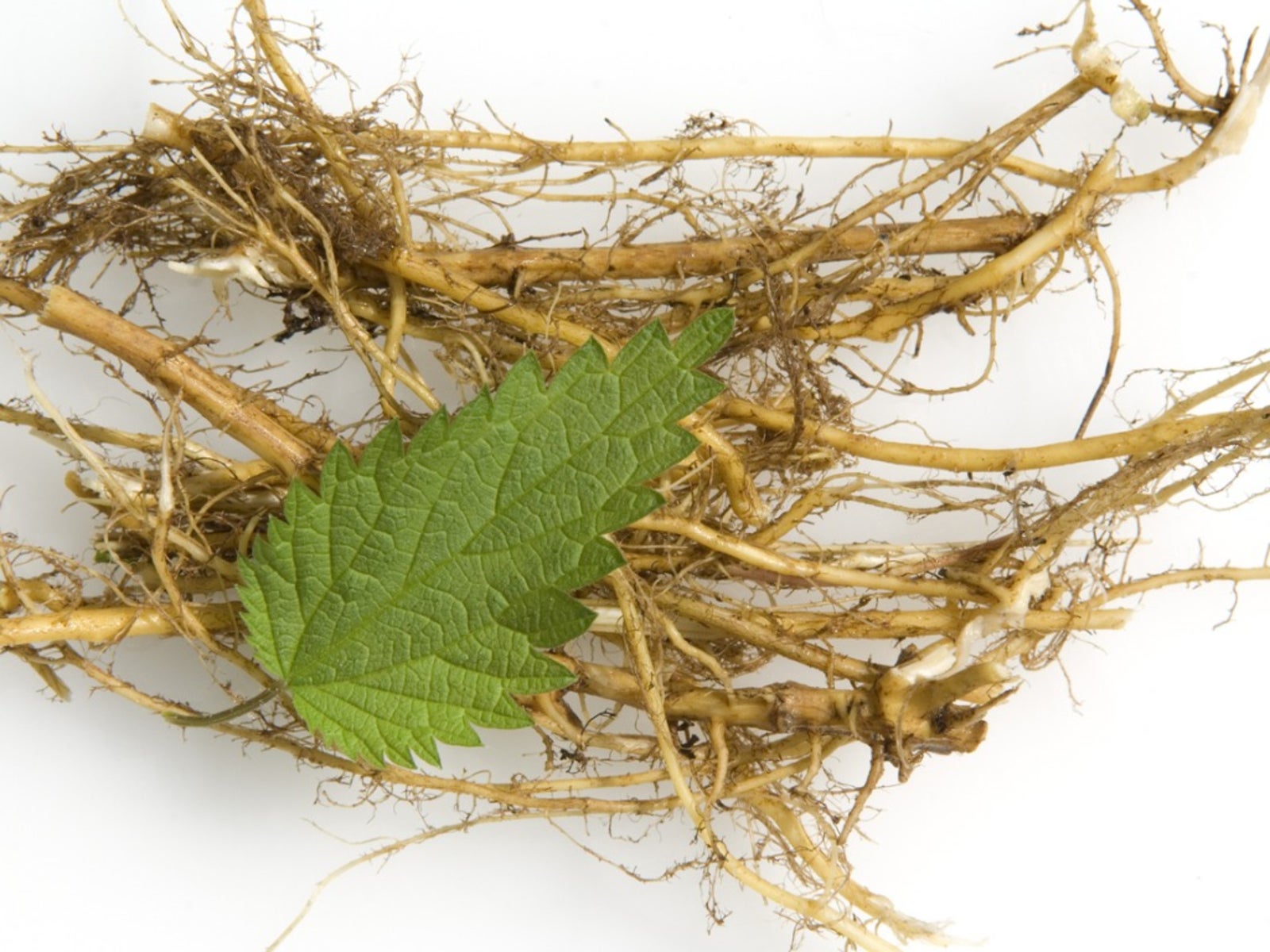 Harvesting Nettle Root: Uses For Stinging Nettle Root
Harvesting Nettle Root: Uses For Stinging Nettle RootHarvesting nettle root requires finesses and caution. Some tips and tricks on how to harvest stinging nettle roots without getting bitten by the stingers can help keep you safe as you collect this potentially troublesome, yet beneficial, plant. This article can help.
-
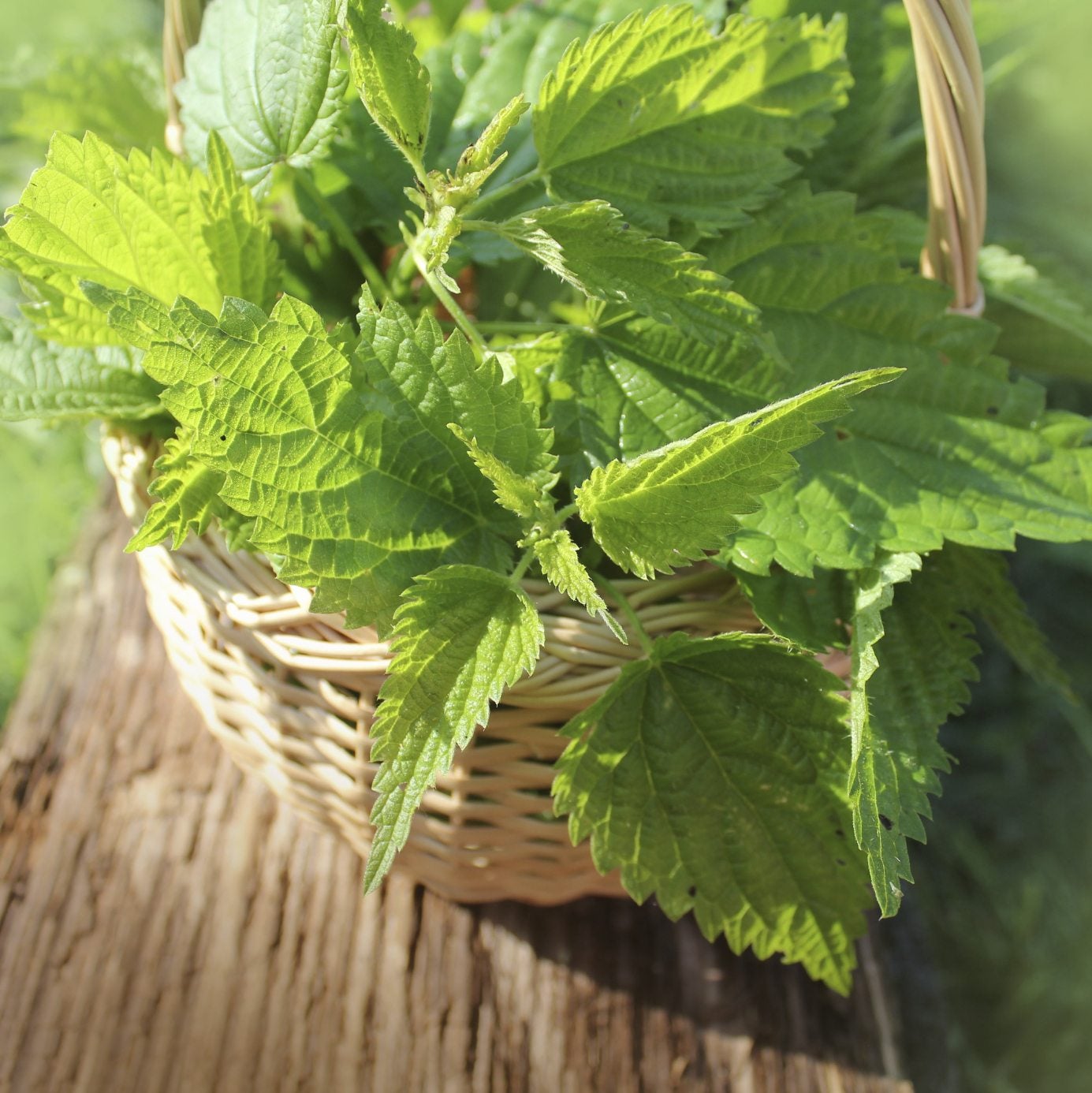 Stinging Nettle Greens: Tips For Growing Nettle Greens In The Garden
Stinging Nettle Greens: Tips For Growing Nettle Greens In The GardenStinging nettle greens have been used for centuries for a wealth of health issues. It?s no wonder since the greens are loaded with antioxidants. Health benefits aside, stinging nettles are also delicious. Learn more about growing nettle greens in this article.
-
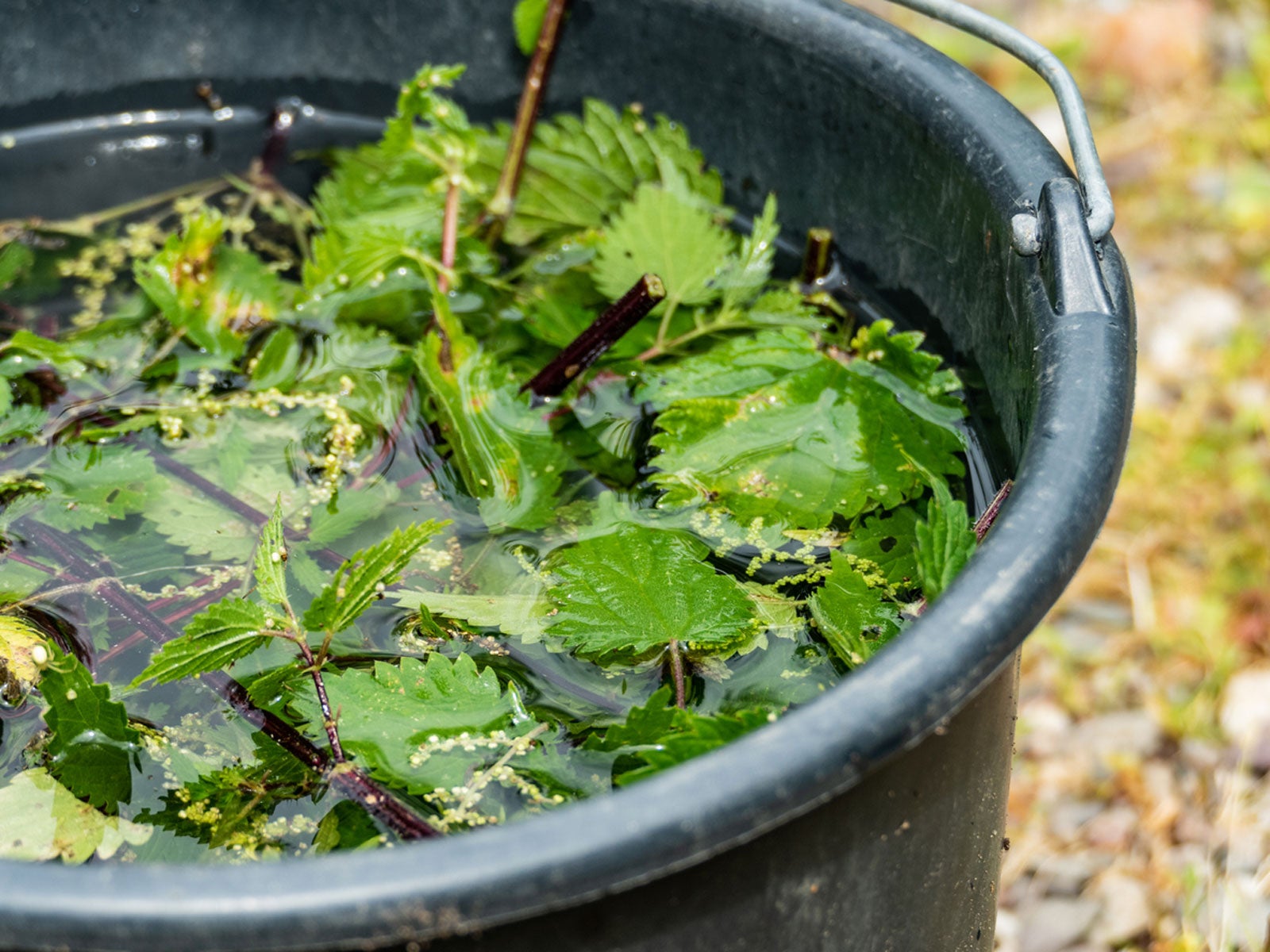 Nettle Garden Fertilizer: Information On Making And Using Nettles As Fertilizer
Nettle Garden Fertilizer: Information On Making And Using Nettles As FertilizerStinging nettle is a weed with a variety of beneficial uses, from a food source to a medicinal treatment to nettle garden fertilizer. This article covers its use as plant food. Click here for more information.
-
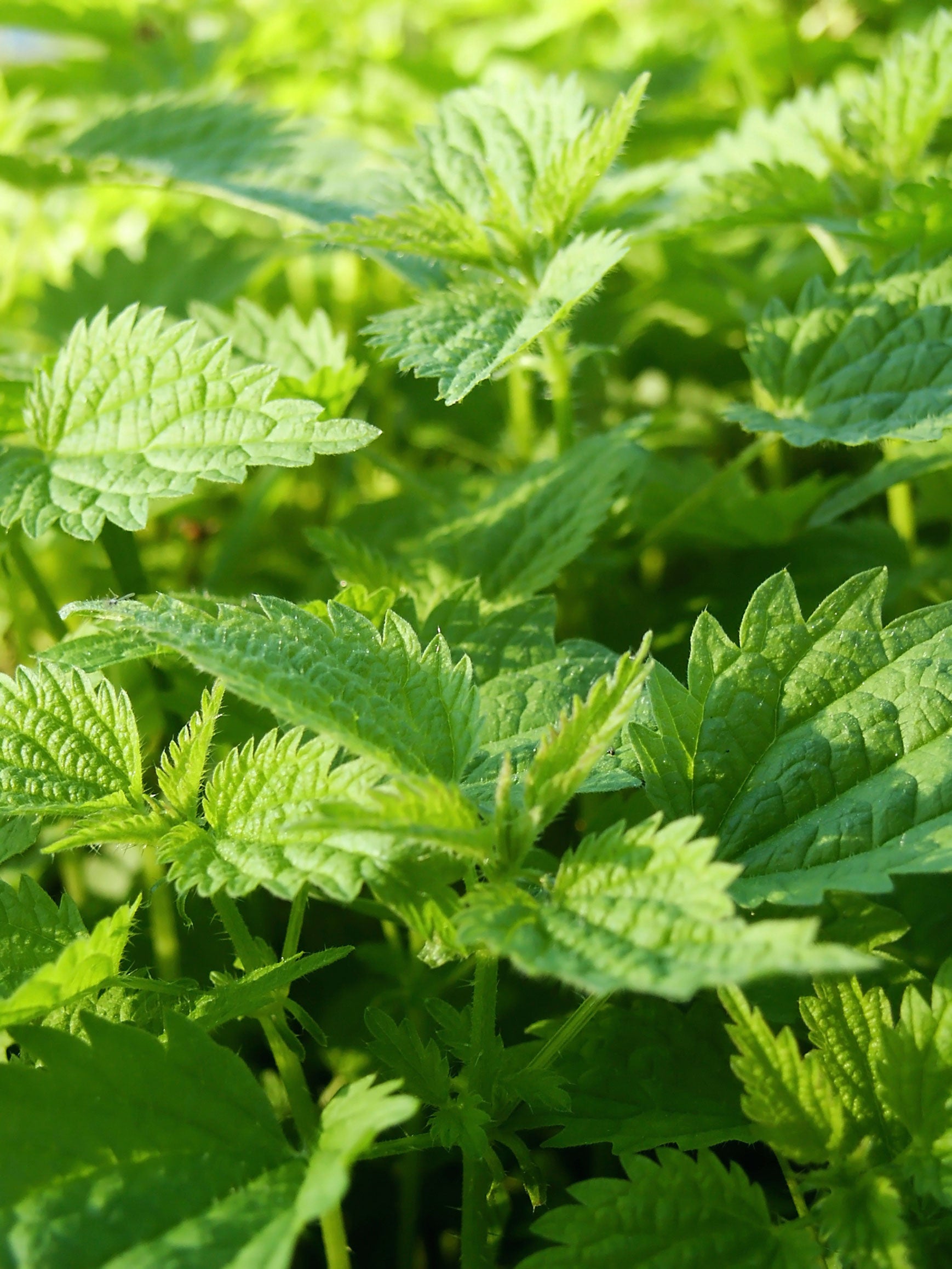 Controlling Stinging Nettle: Getting Rid Of Stinging Nettle Weeds
Controlling Stinging Nettle: Getting Rid Of Stinging Nettle WeedsMost of us have heard or know of stinging nettle. It is common in yards and can become quite the nuisance. For those unsure of what it is or how to get rid of it, information about its control is important. Learn more here.